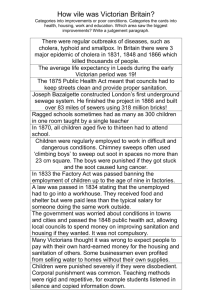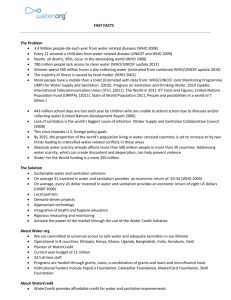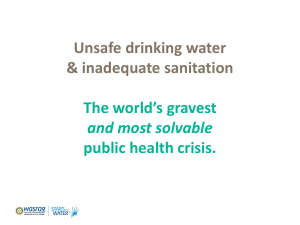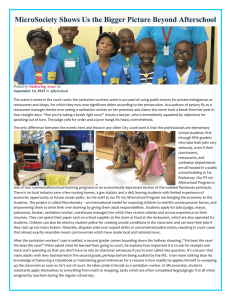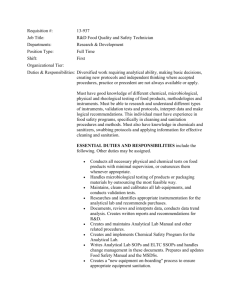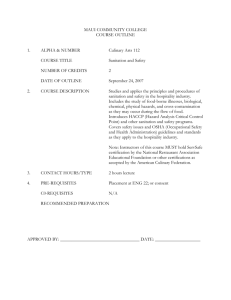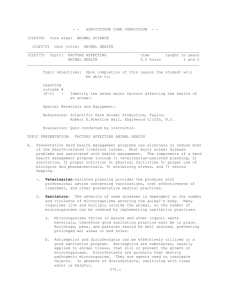Making a Museum - New York University
advertisement
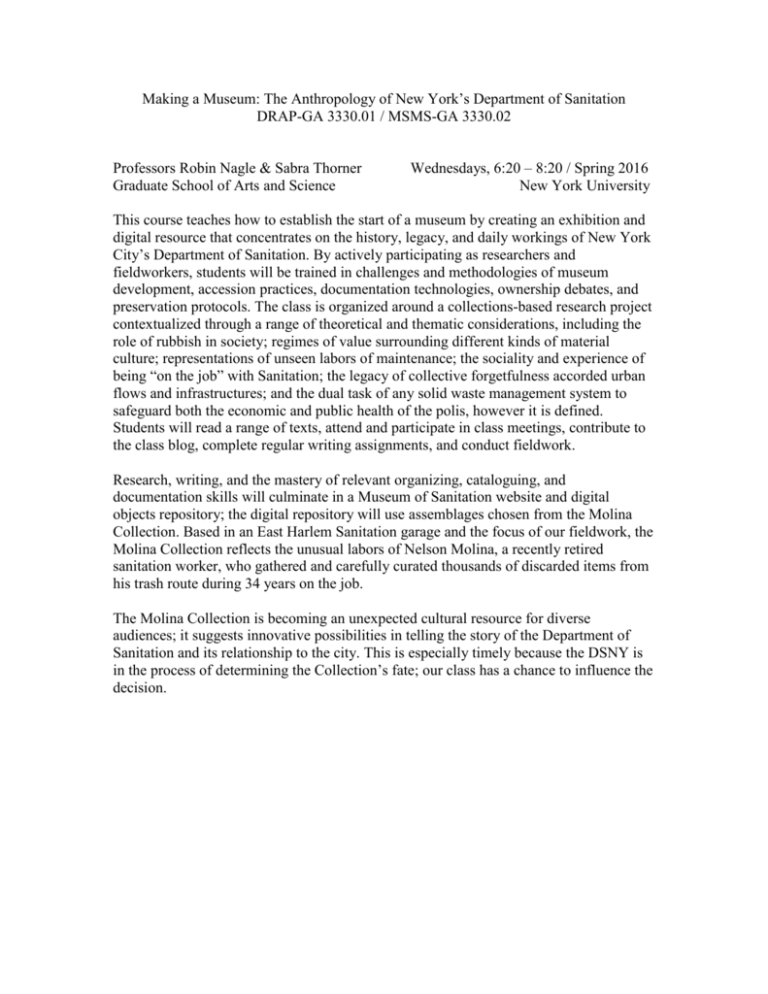
Making a Museum: The Anthropology of New York’s Department of Sanitation DRAP-GA 3330.01 / MSMS-GA 3330.02 Professors Robin Nagle & Sabra Thorner Graduate School of Arts and Science Wednesdays, 6:20 – 8:20 / Spring 2016 New York University This course teaches how to establish the start of a museum by creating an exhibition and digital resource that concentrates on the history, legacy, and daily workings of New York City’s Department of Sanitation. By actively participating as researchers and fieldworkers, students will be trained in challenges and methodologies of museum development, accession practices, documentation technologies, ownership debates, and preservation protocols. The class is organized around a collections-based research project contextualized through a range of theoretical and thematic considerations, including the role of rubbish in society; regimes of value surrounding different kinds of material culture; representations of unseen labors of maintenance; the sociality and experience of being “on the job” with Sanitation; the legacy of collective forgetfulness accorded urban flows and infrastructures; and the dual task of any solid waste management system to safeguard both the economic and public health of the polis, however it is defined. Students will read a range of texts, attend and participate in class meetings, contribute to the class blog, complete regular writing assignments, and conduct fieldwork. Research, writing, and the mastery of relevant organizing, cataloguing, and documentation skills will culminate in a Museum of Sanitation website and digital objects repository; the digital repository will use assemblages chosen from the Molina Collection. Based in an East Harlem Sanitation garage and the focus of our fieldwork, the Molina Collection reflects the unusual labors of Nelson Molina, a recently retired sanitation worker, who gathered and carefully curated thousands of discarded items from his trash route during 34 years on the job. The Molina Collection is becoming an unexpected cultural resource for diverse audiences; it suggests innovative possibilities in telling the story of the Department of Sanitation and its relationship to the city. This is especially timely because the DSNY is in the process of determining the Collection’s fate; our class has a chance to influence the decision.



